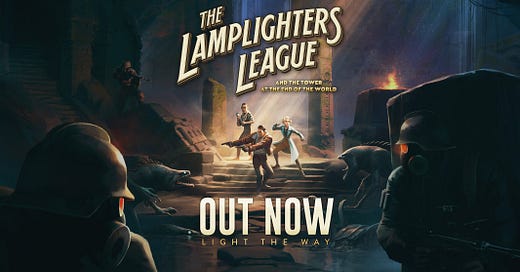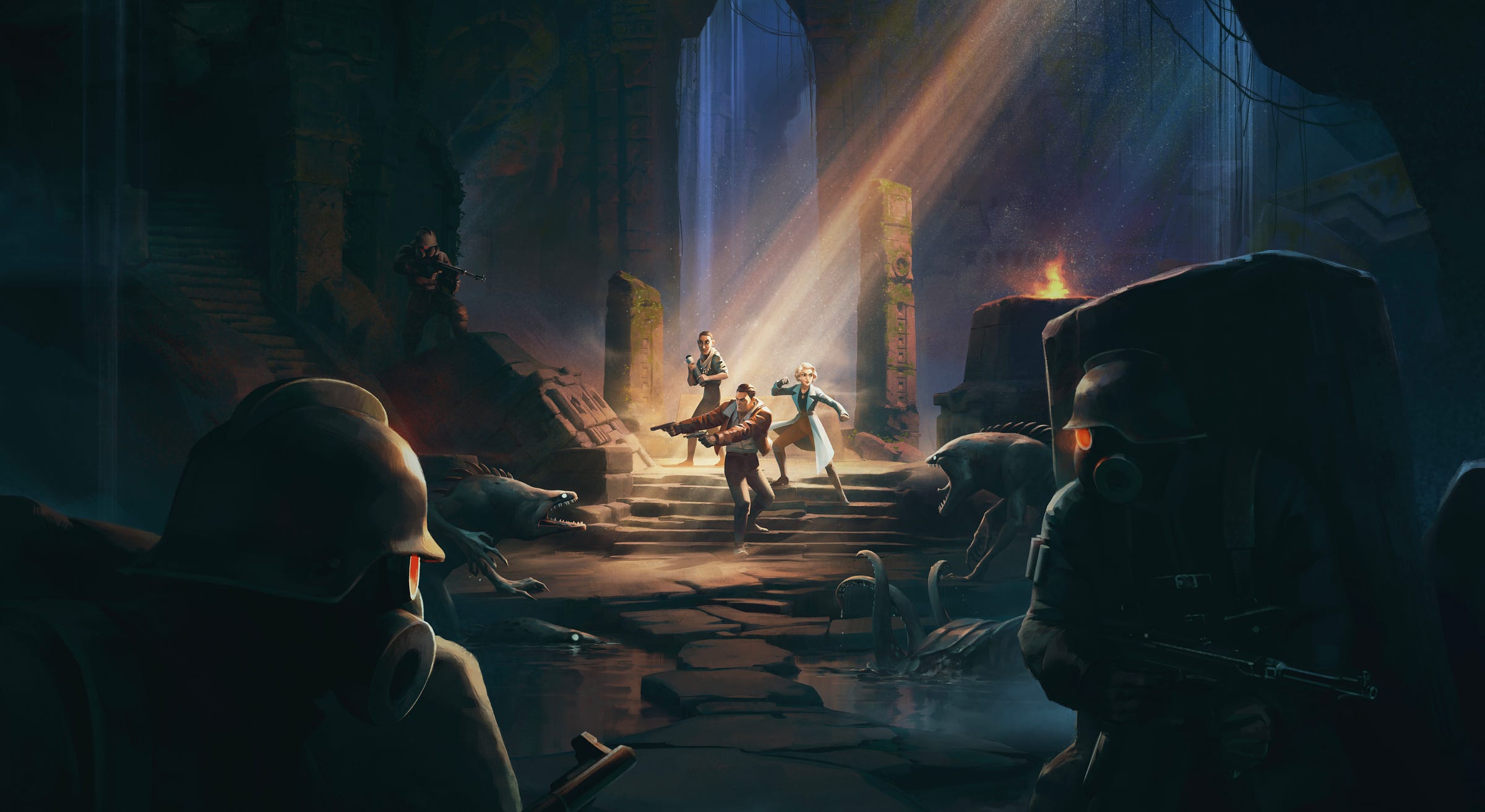The scene opens on a dark alleyway. The bricks and cobblestones lack defining features, but it’s dark, and the camera pans quickly. A terrified figure darting from border to border. A man stumbles and scrambles from one alley, crosses the street, blunders through a few passersby, tucks an envelope into his jacket, and returns to his furious retreat. Or …
Keep reading with a 7-day free trial
Subscribe to NerdyBits to keep reading this post and get 7 days of free access to the full post archives.





